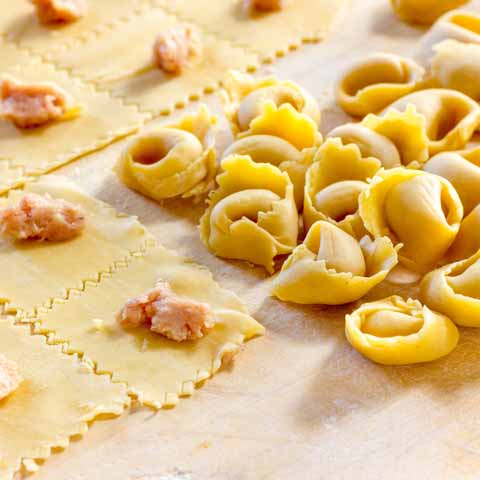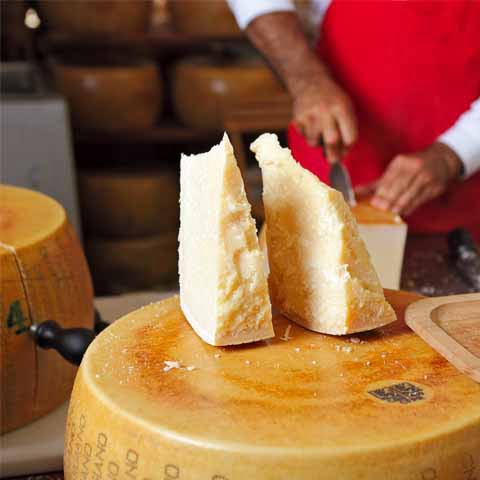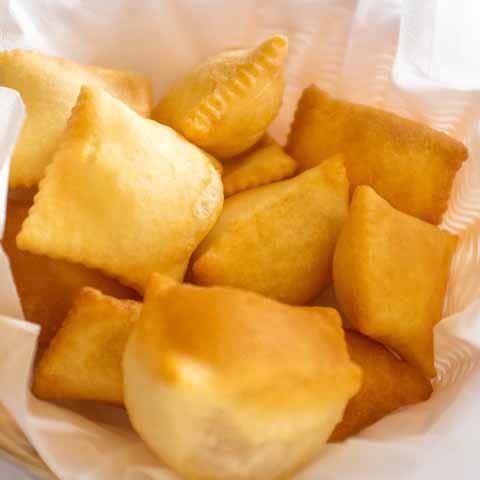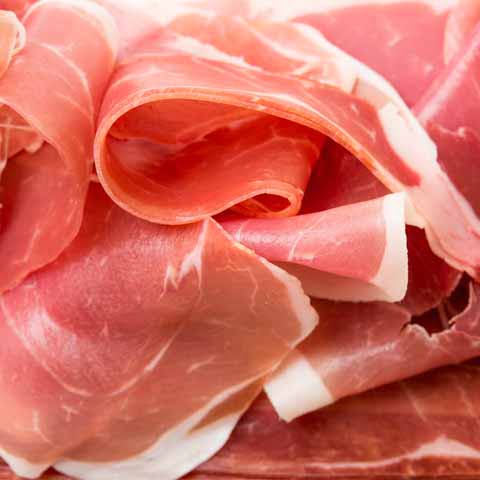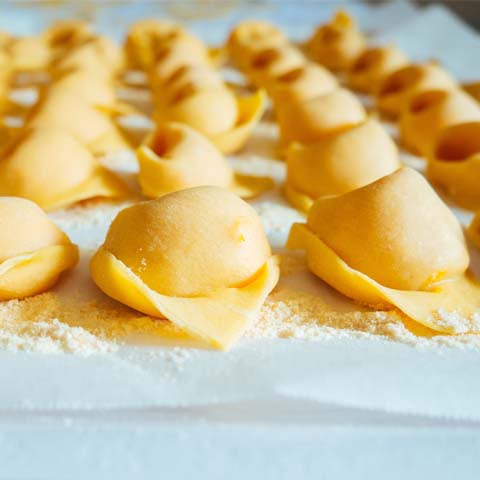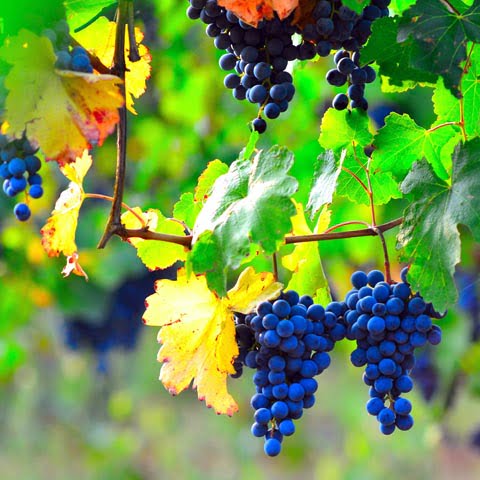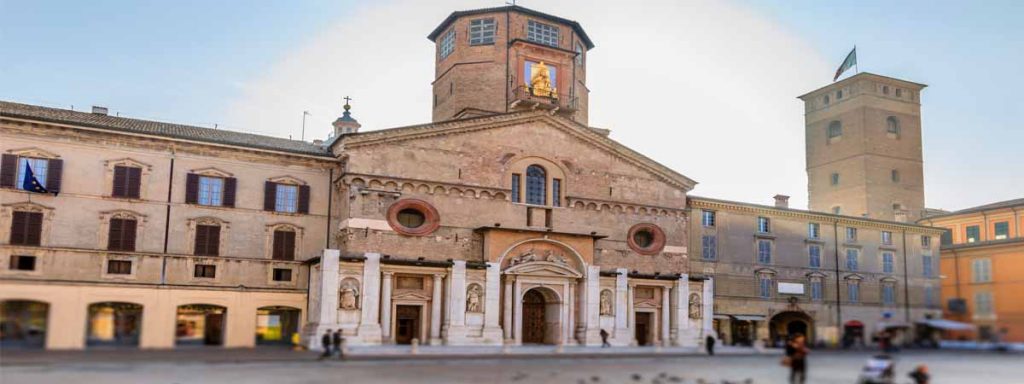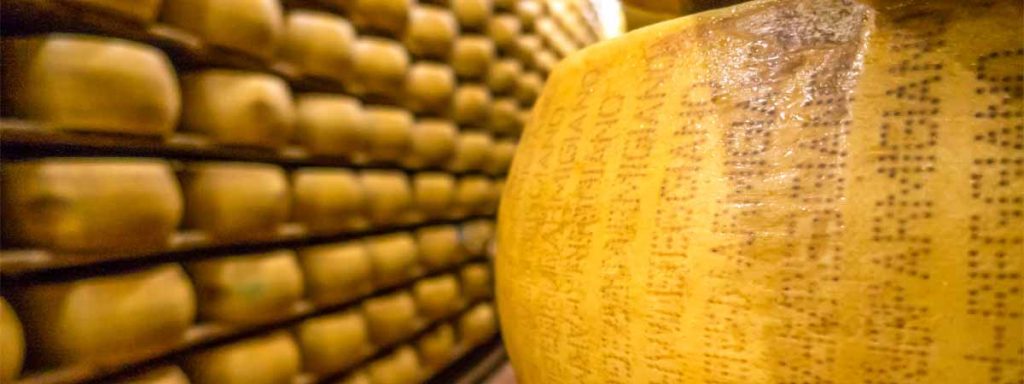The charming town of Reggio Emilia, which sits between the tourism giants of Parma and Bologna, is one of the hidden treasures of cuisine in the region of Emilia-Romagna. This city is not one of the more traveled cities of Northern Italy, which is a large part of its charm. Despite its size, Reggio Emilia is said to foster a feeling of community that is only enhanced by a plate of authentic Italian cuisine, a glass of fine Lambrusco wine, and a table surrounded by good friends and family.
Some of the city’s culinary treasures are so popular they have become major exports for the area. In particular, Reggio Emilia is known widely for its production of Parmigiano-Reggiano, also known as “the king of cheeses,” as well as aceto balsamico, which translates to balsamic vinegar.
Parmigiano-Reggiano is one of the city’s biggest contributions to Italian cuisine and is one of the more popular exports. This cheese had its beginnings in the lush valley between Reggio and Parma where cows grazed and produced some of the richest milk in all of Italy. This hard, semi-fat cheese is encased in a golden rind on which the name Parmigiano-Reggiano is stenciled. Almost all authentic versions of this cheese will have the presence of small white crystals, which are typically formed from aging over a two-year period.
The city’s use of balsamic vinegar has roots starting in at least the eleventh century. As it has evolved over the years, balsamic vinegar has become a staple for Reggio Emilia cuisine and is often used as a drizzle for Parmigiano-Reggiano cheese, a salad dressing, added flavor for pasta and meat dishes, and even splashed over some gelato.
APPETIZERS
The primary appetizer of the city consists of locally made cured meats that are best complemented when served with homemade and perfectly aged Parmigiano-Reggiano cheese. The meats and cheeses are often paired with gnocco fritto, a delicious piece of fried dough.
One of the more traditional options for appetizers is the “erbazzone.” This unique savory pastry that very much resembles a pie is an easy dish to make and requires primarily flour and lard for the crust and then is filled with whatever vegetable is currently in abundance, often spinach. The flavor of these vegetables is made even tastier with the richness of Parmigiano-Reggiano.
Another appetizer local to Reggio Emilia is called chizze. These fried pastries are filled with Parmigiano-Reggiano cheese and likely derived from the local Jewish community. Chizze are typically served hot, but they can also be enjoyed cold.
FIRST COURSE
Reggio Emilia is known nationally for making fresh homemade egg pasta for many of its first courses. Visitors say the city’s pasta is simply outstanding and rivals, if not beats, much of the country’s competition.
Tortelli di Zucca is one of the more unusual pastas served here as they are often hat-shaped but can also take the shape of ravioli. This pasta is typically filled with the rich flavors of Parmigiano-Reggiano cheese, pumpkin, amaretto cookies, and nutmeg. And in true Reggio Emilia form, the locals love to pair this dish with melted butter or sauteed tomatoes and onions.
Spinach tortelli is a delicious stuffed pasta with the same egg-based pasta the city is known for, but it takes on a bit of a green hue in the middle when it is stuffed with spinach or chard. As for most dishes in Reggio Emilia, this menu item is incomplete unless the stuffing also includes locally homemade cheese. Because the recipe can vary from family to family, other ingredients may be included in the filling, such as Savoy cabbage or radicchio.
Cappelletti is a local favorite when it comes to pasta, and the dish has a number of different variations as most family recipes include their own unique set of ingredients. In Reggio Emilia, this hearty dish is typically stuffed with some version of meat and parmesan cheese.
Aside from pasta, rice is also a staple ingredient of first course dishes in the area. Locals enjoy bomba di riso, rice bomb, during the colder months. This hearty dish consists of rice formed into a pie shape and stuffed with ragù. A similar rice dish is called riso and tritura, which is made by cooking rice in beef broth with egg and Parmigiano-Reggiano.
Another favorite is paneda, which is a soup made with stale bread.
SECOND COURSE
Reggio Emilia’s meat-based second courses are hearty and flavorful. Pork or veal stuffed with spinach, pancetta, and of course, Parmigiano-Reggiano cheese, is always a favorite and is often served during the Christmas holidays. Another local favorite is coniglio reggiano, or rabbit that is sautéed with the natural flavors of onions, garlic, tomato, extra virgin olive oil, dry white wine, and various seasonings.
Another popular second course dish is valigini, which consists of rolls of meat filled with cheese and sometimes other ingredients.
Locals also enjoy pasta rasa or pastaresa, which is made with eggs, breadcrumbs, and Parmigiano-Reggiano mixed together and served in beef stock.
SIDE DISHES
Particular side dishes that are local to Reggio Emilia include roasted or fried cardoons, roasted vegetables with bechamel, and roasted asparagus.
STREET FOOD
Delightfully crunchy street food snacks include ciccioli. These are flattened disc-like creations of fatty pork that are made using a special press that squeezes the liquid out of the pork, leaving only the crunchy goodness behind. Locals often refer to this dish as ciccioli frolli.
Another favorite when in Reggio Emilia is piadina. This flatbread is made only with simple ingredients such as water, flour, lard, salt, and baking soda. While this bread is tasty enough to be enjoyed all on its own, it is usually served stuffed with local ingredients. Generally, the more popular piadina fillings include prosciutto, cheese, vegetables, or sometimes something sweeter such as fruit preserves.
Casagai, a dish that consists of polenta, beans, onions, and lard, may also be enjoyed on the go.
DESSERT
A local specialty when it comes to dessert is the spongata reggiana of Brescello. This rice cake of sorts is sweetened and flavored with honey, raisins, and other dried fruits. Many visitors to the city have this sweet treat on their list of new foods to try and are glad they did.
Another excellent dessert option is brasadela, which resembles a doughnut and is made with water, eggs, and flour.
During the Carnival period, locals indulge in intrigoni, which are pieces of fried dough that are topped with powdered sugar.
WINE
Inside the Reggio Emilia area, Lambrusco Reggiano is the largest zone for wine production and exports. Here, the Lambrusco grape is the star of the show and grows abundantly. Most locally made wines use these grapes to produce either semi-sparkling or semi-sweet light bodied wines. Several different variations of the grape are often used along with the Ancellotta grape in the local favorite of Lambrusco Reggiano wine.
It is worth noting that visitors to Reggio Emilia say that the city’s authentic Lambrusco wine tends to be delightfully dry, which is considered to be a much better pairing with local cuisine than the sweeter varieties of Lambrusco that are enjoyed elsewhere.
A trip to Reggio Emilia means that visitors will have the chance to taste a variety of local specialties, from authentic Parmigiano-Reggiano cheese to Lambrusco wine. After sightseeing, be sure to plan plenty of time for a nice, long meal with good company.
Travel Guides
The Emilia Romagna Region of Italy
The Cities of Emilia Romagna, Italy
